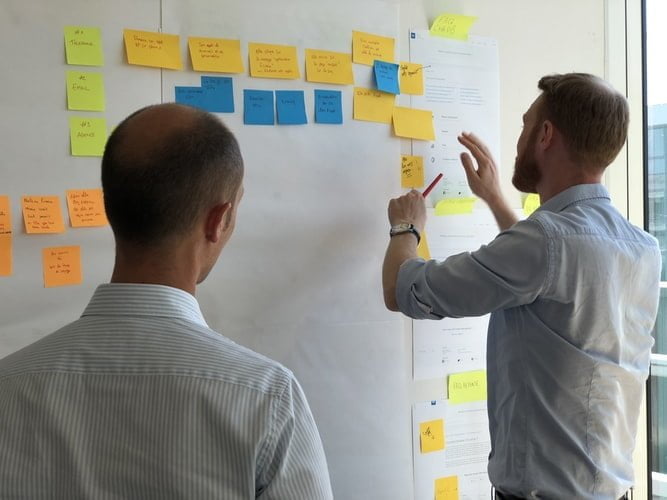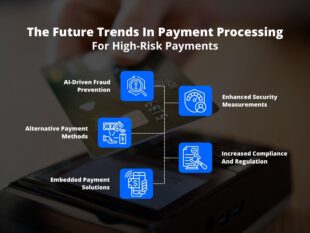Key Elements Of The Risk Management Programme| Must Read
by Abdul Aziz Mondal Finance Published on: 28 July 2021 Last Updated on: 17 September 2024

For financial institutions, every movement necessitates a risk assessment.
As a result, the term “risk management and assessment” appears numerous times in the resources.
Like for example, the Australian Prudential Regulation Authority (APRA) and the Australian Securities and Investments Commission (ASIC).
Key Elements Of The Risk Management System

A risk management program is crucial in maintaining stability in any financial institution. Its four key elements are:
- Process
- Integration
- Culture
- Infrastructure
Given that organization structures, business models, operations, strategies, and risk profiles vary widely across industries, this type of program must be flexible.
1. Process
Risk management, just like any other valuable business activity, is a process. This means you must have objectives, activities, inputs, and outputs, including evaluation, identification, measurement, monitoring, and mitigation.
The purpose of a risk management program may vary from one organization to another. One organization may want to ensure that performance is standard, while another may aim to prevent interruptions or create opportunities.
Startup risk assessors from Max Funding say When you are implementing a risk management plan and considering the several future potential risks.
A company can save money and protect its future with a robust risk management program.
This is because a solid risk management plan will help a company establish threat-avoiding procedures, minimize the harmful impact, and help cope with the results.
2. Integration
For many organizations, risk management is any action that safeguards their tangible assets as reported on their tax declarations, balance sheets, and contracts.
Usually, it includes acquiring insurance coverage, eliminating health and safety hazards, managing treasury, and mitigating environmental concerns.
While this conventional approach continues to serve its purpose, some experts wonder if risk management can have a higher purpose.
The risk management process can only be relevant if fused with the core processes to secure the most important things to the organization.
Integration strengthens the organization from within and instils confidence in the management, staff, business partners, and affiliates. Similar to the process, the extent of integration also varies across industries.
3. Culture
Any well-designed risk management program can be negated if the organization allows specific dysfunctional behaviors to exist:
- When the management ignores the warning signs pointed out by the risk management team
- If the organization’s long-term interest is not balanced with the reward system
- When there is insufficient funding for any risk management process
- If standards have not been complied with.
Risk management is often more effective in a culture where open communication, transparency, firm commitment to ethical business practices, and knowledge sharing are encouraged.
4. Infrastructure
Evaluating the adequacy of an organization’s infrastructure to complete and sustain a risk management process is essential before the process starts.
Infrastructure refers to the organization’s policies, operations, systems, and internal activities.
You may proceed if the infrastructure is adequate. If not, you must run through various business aspects first.
How To Frame A Risk Management Plan?
You never know when a risk or a crisis might come your way. However, it is always helpful to have a risk management plan up your kitty.
It can give you that space to jimmy around. However, you must remember that every problem is unique in some sense.
Therefore, just cause a solution worked for one problem, does not mean that it will work for most problems out there.
Therefore, take this section more like a generalized guide than a foolproof checklist.
Risk Identification
The first thing that you need to do is identify the risk before you can implement a risk management program.
You need to understand what you are fighting against. Otherwise, you are bound to fail.
Risk Assessment
The second thing you must do is understand and assess the risk. To formulate the right risk management program, you need to assess the risk and understand its overall magnitude.
Risk Response Plan
The third thing that you need to do is create a risk response plan.
A risk response plan highlights the appropriate action that one needs to take to respond to a risk.
This plan is known to mitigate and put risk management response systems into place.
Risk Owners
No risk management plan can work without the people who can take responsibility for the problem.
Assign a small group whose sole job is to keep the risk under check and monitor it.
This team is responsible for monitoring the risk at every point and seeing that it does not go out of hand.
Understanding The Triggers
Every risk has a trigger system. Therefore, a good risk management program looks for this trigger and tries to fix it.
Finding the trigger is one of the most important milestone events of the whole deal.
Therefore, this stage is often seen as one of the most crucial stages.
Backup Plan
A risk management program is supposed to take care of the problem.
However, in some cases, this can be a challenging task. Therefore, always come up with a backup plan that can help you.
Otherwise, if one plan fails, everything fails. Therefore, make more than one risk management program.
Do You Need A Risk Management Program?

Risk management can give you a competitive advantage. Its purpose may vary from one organization to another, e.g., minimize performance variability, prevent unwanted events, allow the pursuit of better opportunities, etc. Regardless of what you aim for, some specialists can help you improve risk management and develop frameworks and solutions so that you can execute projects successfully.
Risk management is like a fire extinguisher system. You may or may not be using it. But you have to prepare it for the user to prevent future organization threats.
Conclusion:
Risk management systems are always adding more advantages to business planning. Every day is not going to run in a smooth way. The business is like driving on the road where you do not know when you have to change your car’s tyre. So taking precautions is the best way to minimize future threats of the business and the organizations.
Additional Reading:



































































































